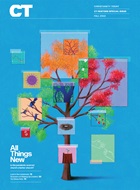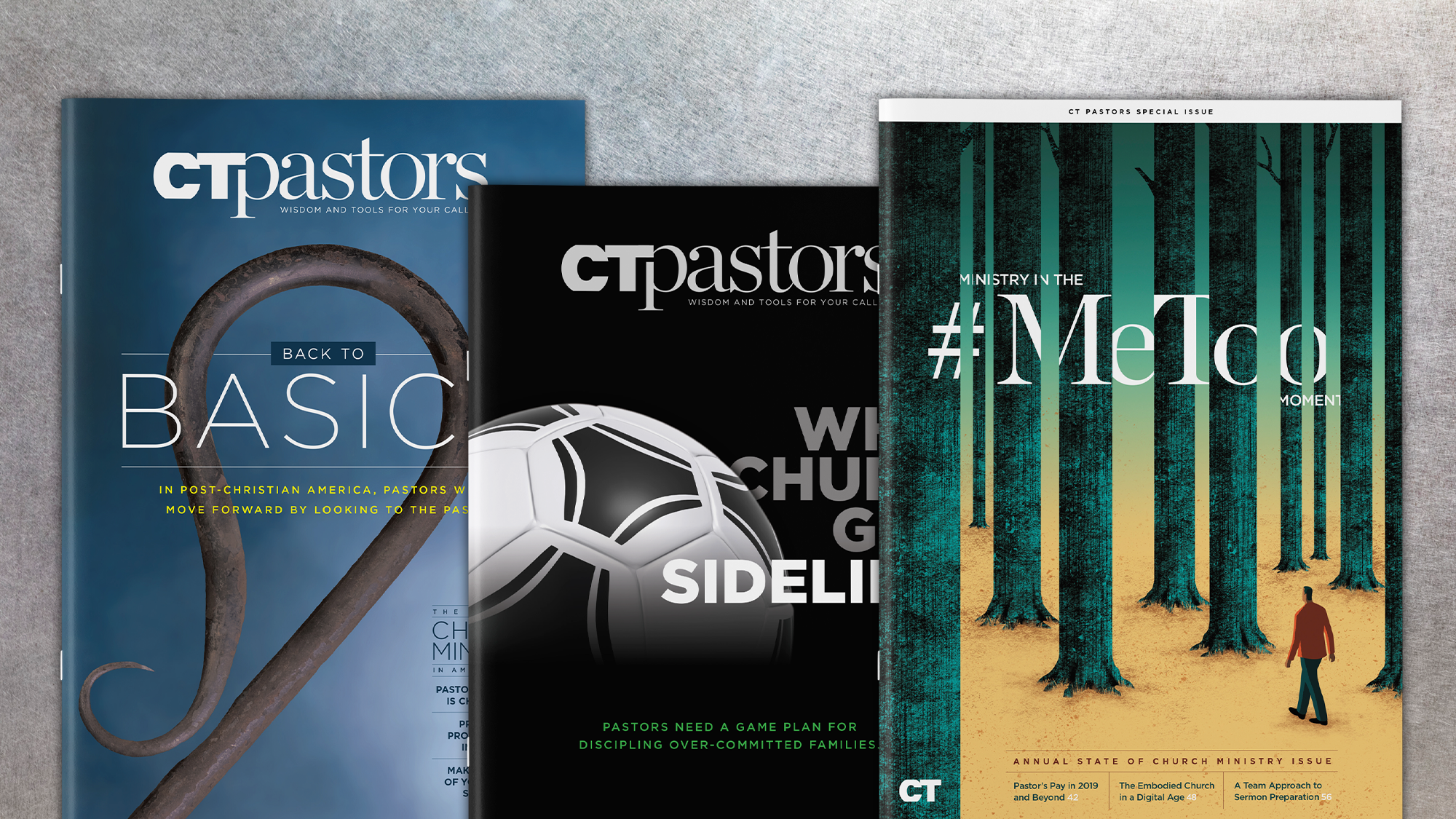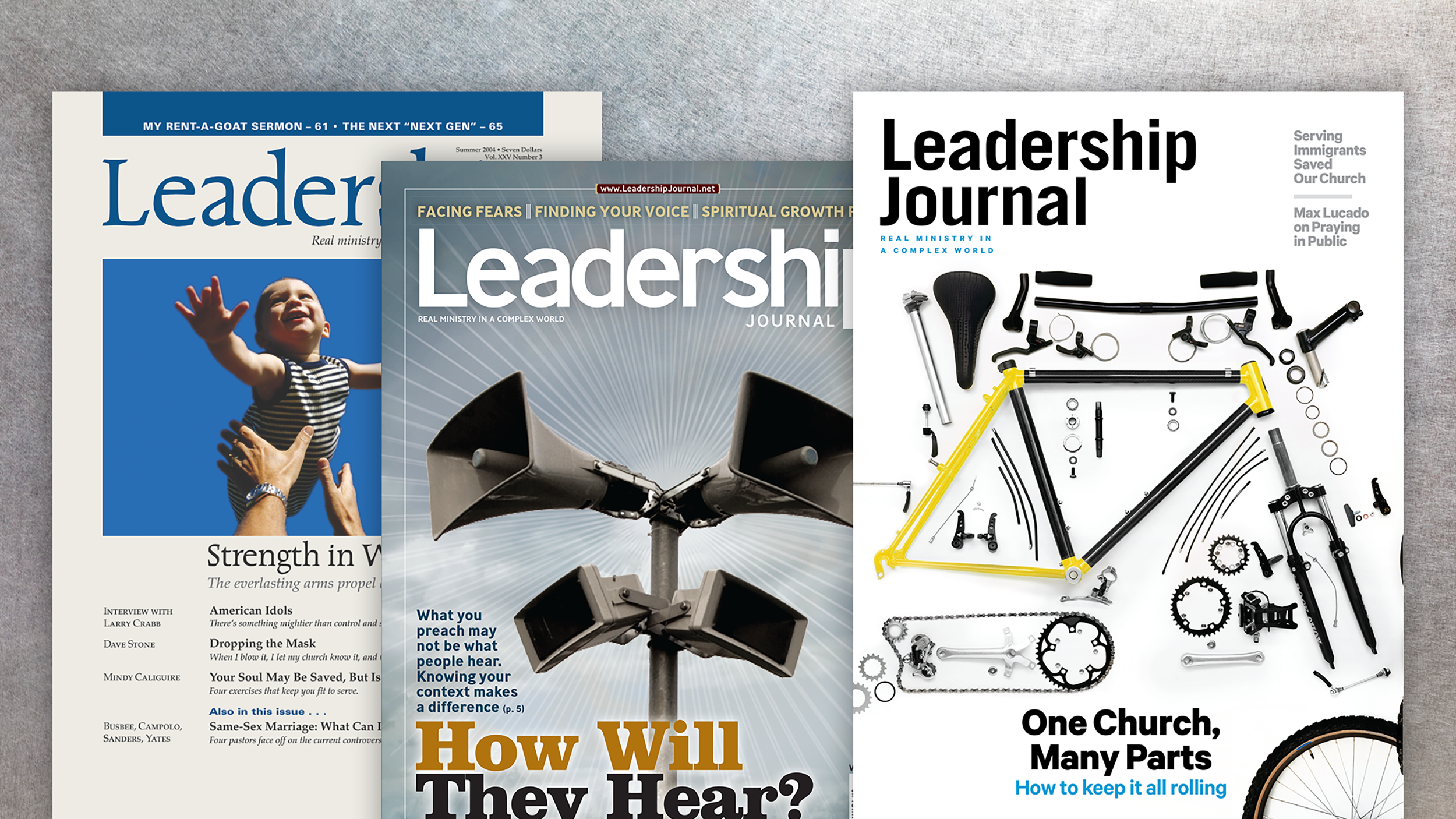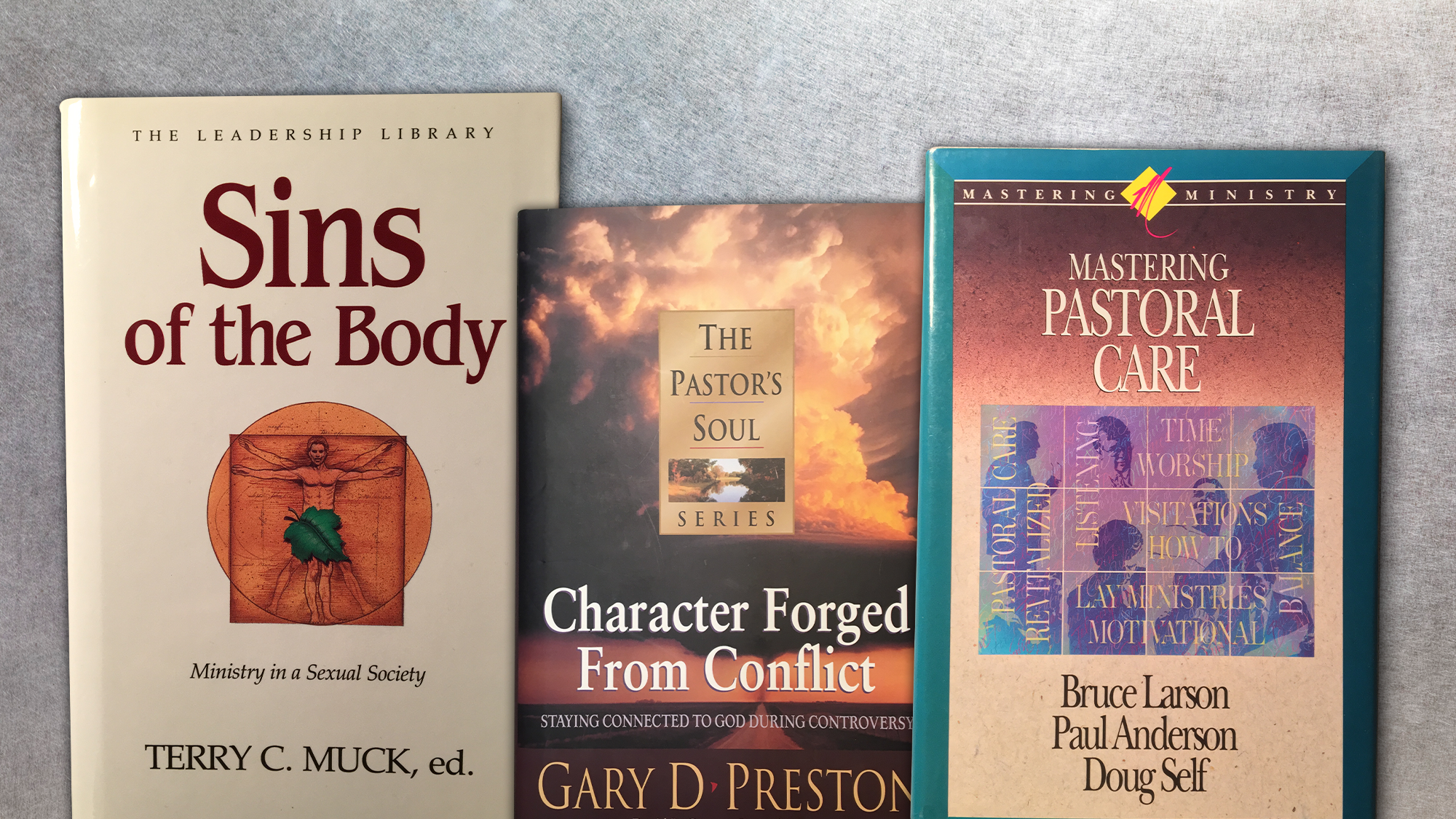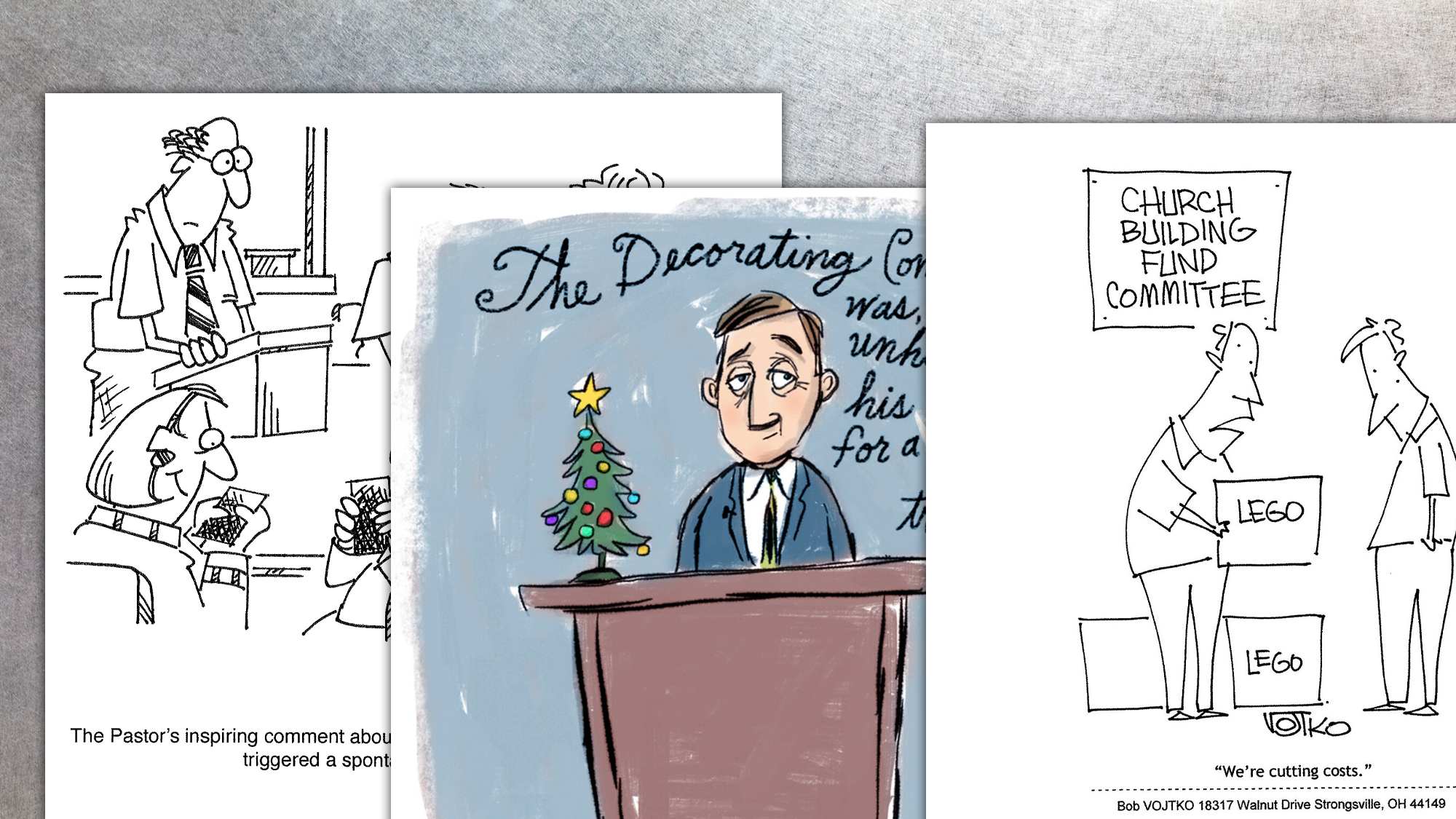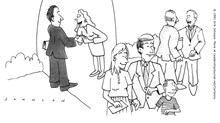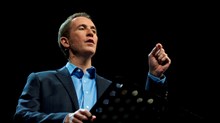Over the past 50 years, many evangelical churches carefully made the decision to adapt to modern times. Their leaders sensed the need to attract more people by singing simpler choruses in the style of pop music, design new buildings to look more like theaters than cathedrals, and simplify the order of worship.
But worship leaders and scholars detect a growing hunger in American churches for the return of classical elements of worship, including the singing of hymns and ancient songs, the return of liturgical elements such as Communion and unison prayer, and the use of icons and crosses.
"I have been in probably six conversations in the past month in rooms full of people at conferences where this has been a recurring theme," says John Witvliet, director of the Calvin Institute of Christian Worship in Grand Rapids, Michigan.
Truly Blended Worship
However, this is not a desire to turn the clock back to a time when sung worship was dominated by pianos, organs, choir, and hymns from the 19th and early 20th centuries. Rather, this move toward classical elements of worship is part of an "ancient-future" blend advocated by the late Robert Webber, which puts the entire history of the church into play when planning today's worship.
Webber wanted churches to get away from a rigid style of worship anchored in one particular, narrow time period and instead bring elements of the past forward into the present. He wanted churches to use music, architecture, and liturgy from the entire history of the church, and not to automatically rule out anything because it was "old" or "new."
These new developments could very well get the church toward a truly "blended" worship experience, using elements of old and new music played by a wide variety of instruments, and designed for participation by everyone in the congregation.
"Paul Baloche calls this a 'journey'—instead of just picking two fast songs and three slow ones, there is more thought being put into the process from beginning to end," says Kent Morris, a pastor and audiovisual systems designer with Cornerstone Media in Atlanta. "We can rely on ancient songs, classic songs, and modern ones as well. It's what everybody hoped blended worship would be years ago. The problem with 'blended' was that you threw in a little of this and a little of that with no theme. You tried to please everybody and only ended up making everybody equally mad."
If nostalgia isn't driving this trend, then what is? Observers see its origin as a thirst for worship that has significance, depth, and permanence. Greg Scheer, minister of worship at Church of the Servant, a Christian Reformed Church congregation in Grand Rapids, Michigan, thinks some of the motivation comes from younger people wanting an alternative to the praise and worship style of their Baby Boomer parents. They are more likely to embrace the depth and mystery that are conveyed by classical elements of worship. "They don't want church to look like Saturday Night Live," says Scheer. "They want it to look like church."
Witvliet sees three kinds of churches that are actively bringing elements of classical worship back into the fold. The first type of church is exclusively contemporary in musical and architectural style. The second type is new church plants that choose to launch with the ancient-future model. The third type is older churches who at one point added a contemporary service but who are now making the transition toward a truly blended form of worship.
Playing the Oldies
Classic liturgical elements are making their way back into the structure of individual worship services and into overall worship planning. Nathan Partain, pastor of worship at Redeemer Presbyterian Church in Indianapolis, has noticed that the prayer of confession is the most common element making a return, followed by unison recitation of creeds. Communion is being observed on a more frequent basis. Other churches are paying closer attention to the traditional church year, incorporating observances of Advent, Pentecost, and Epiphany.
What does this blend look like, sound like, and feel like? Scheer refers to the musical style as a "mash-up," when songs from any period can be played on any kind of instrument you can think of. Old hymns are combined with new songs in a medley, or can be sung to new melodies. The blend of ancient and modern worship produces music that is designed to be deep and eclectic.
The Odes Project is a recent musical compilation based on the Odes of Solomon, an ancient book of poems scholars believe was used in worship by the first Christian communities. Indelible Grace Music seeks to match the depth of hymn lyrics to many kinds of musical styles. Churches such as Sojourn Community Church of Louisville, Kentucky, put the text of Psalms to more modern music. A product such as SamePage gives worship leaders lyrics and a visual presentation to match "almost any song you can imagine — not just the CCLI top 100," says Morris.
The instruments used to play this vast array of music can be anything and everything. On its Cardiphonia worship website, Redeemer Presbyterian offers a CD with music played by everything from harpsichords to saws. Organs are being incorporated into praise bands. "We have musicians who have felt ostracized for the last 10 or 15 years who are being brought back into the fold," says Morris. "The organist is no longer anathema in the church."
New technology comes to play more often as churches seek audiovisual ways to introduce classical worship elements into the experience. Churches built with modern, theater-style architecture avoid items such as stained glass windows because they let in too much natural light and thus hamper the effectiveness of audiovisual screens. However, by effective use of classical images projected onto screens, churches can achieve the desired "ancient" effect.
"For instance, if you have a sermon about the Emmaus road, you could project Rembrandt's painting ['Supper at Emmaus'] during the sermon and refer to it," says Witvliet. "Or you could project it during the entire sermon. It's part of the visual environment for that service. That's very different than just having a high-school kid cueing up song texts on PowerPoint."
A number of companies are offering sets of these kinds of video images, including Worship Films, The Shoutable Store, and FaithVisuals (a subsidiary of Christianity Today International). These companies act as clearinghouses for many individual media companies. Some churches, such as Sojourn, create their own worship imagery both for projection on screens and in the form of original art to decorate the sanctuary.
Intentional Design
Architecture becomes a central feature of introducing classical elements to worship, especially in newer buildings constructed for functionality rather than artistic form. If more money is spent on expensive building material and fancy fixtures, goes the argument, less remains for actual ministry work, such as missions.
"That's true," says Scheer, "but more and more people are starting to feel that this is a holy thing that we do on Sunday mornings and not just some kind of assembly. You can put some thought into it. It's not just the words that are said, it's the atmosphere. Certainly, it takes more money to build a very impressive building. But that's why we're seeing local artists use their gifts more. Potters are making Communion sets. Fabric artists are creating wonderful banners."
Seeker-sensitive and seeker-driven congregations have often intentionally sought structures that don't look like churches. However, that trend is being bucked as well, and the evidence is both anecdotal and empirical.
"I know people who like to visit Catholic churches because they like the building," says Partain of Redeemer Presbyterian. "They wouldn't necessarily go to church there—they just like to visit. I think it has something to do with intentionality. Those are holy spaces and not just multipurpose rooms."
LifeWay Research conducted an online survey of 1,684 unchurched adults for Cornerstone Knowledge Network (theckn.com) to determine the kinds of spaces these people prefer for interacting with friends. The survey asked respondents about their design preferences for church buildings. When presented with a choice of four photos of church exteriors ranging from the most classic to the most modern architecture, they favored the traditional church exterior over the others by a margin of two to one. Respondents also preferred more traditional church foyers and worship spaces, but by smaller margins.
This preference does not mean churches should begin planning to build cathedrals, even if such a huge undertaking was affordable, says Jim Couchenour, director of marketing and ministry services with Cogun, Inc., a church building and design firm. "The important thing is to try and understand what's behind the preferences. Did they associate it with what a church 'should' look like? While it's true a building gives initial impressions, the real connection comes from relationships within the church."
The high cost of construction and materials puts any idea of recreating a cathedral out of reach for the average church. This is where lower cost alternatives can come into play, including video projection, which can be used to project classical worship imagery on the walls or video screens. Other classical symbols, such as icons, are also being used with increasing frequency.
"My home church, which is in a converted warehouse, has a prayer station decorated with communion elements and an array of crosses that people can touch and feel as they worship," says Couchenour.
"In the past five years we've had a large center screen and two side screens. Now we're moving toward integrated screens that blend into the church's architecture," says Morris. "It's not just one big ugly screen that comes down."
Partain warns against the idea that meaningful worship can take place only in a building that looks like a cathedral, citing examples of modern architecture that achieve the same purpose.
"These churches achieve a transcendent quality to their space by making it intentionally one with the symbols," he says. "Everything is deeper and bigger than you are. And that's more important than, 'we have to make it look like a cathedral.'"
Churches that want to bring elements of classical liturgy back into their worship need two things above all: a sense of their own identity and plenty of patience. "Some churches change with the switching over of a pastor and worship leader: it's jarring and people leave," says Partain. "But [the change] should happen more naturally and more organically. It's a much slower process than some people realize."
Lee A. Dean is a freelance writer living in Plainwell, Michigan.
Copyright © 2009 by the author or Christianity Today/Your Church magazine.
Click here for reprint information on Your Church.

Support Our Work
Subscribe to CT for less than $4.25/month







